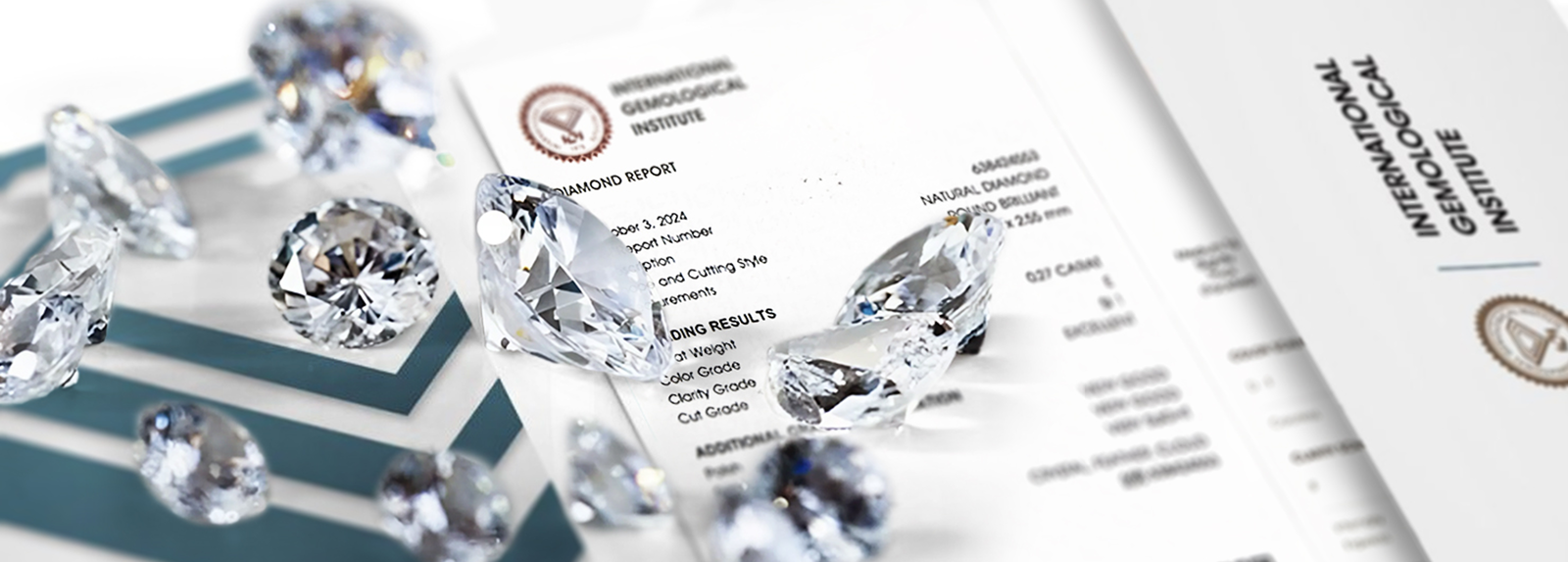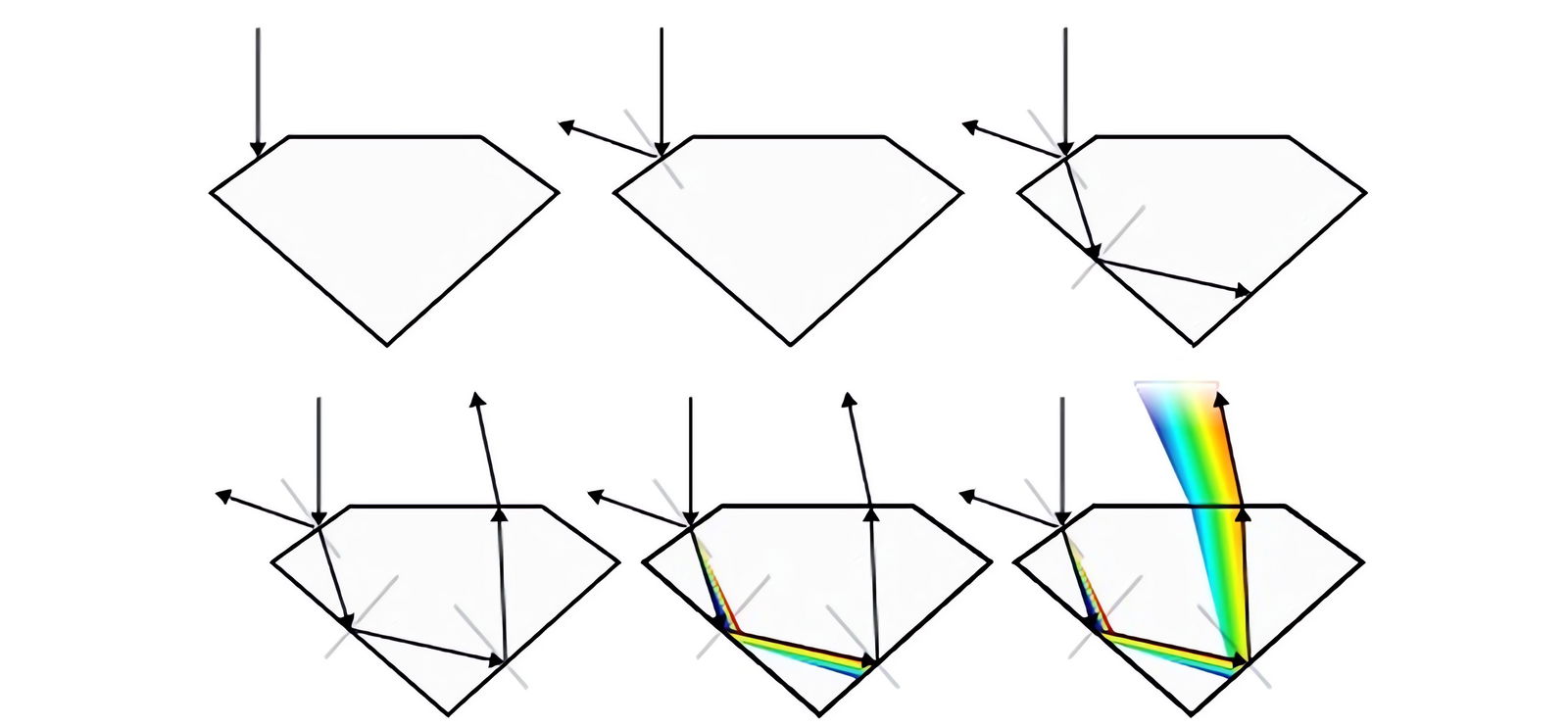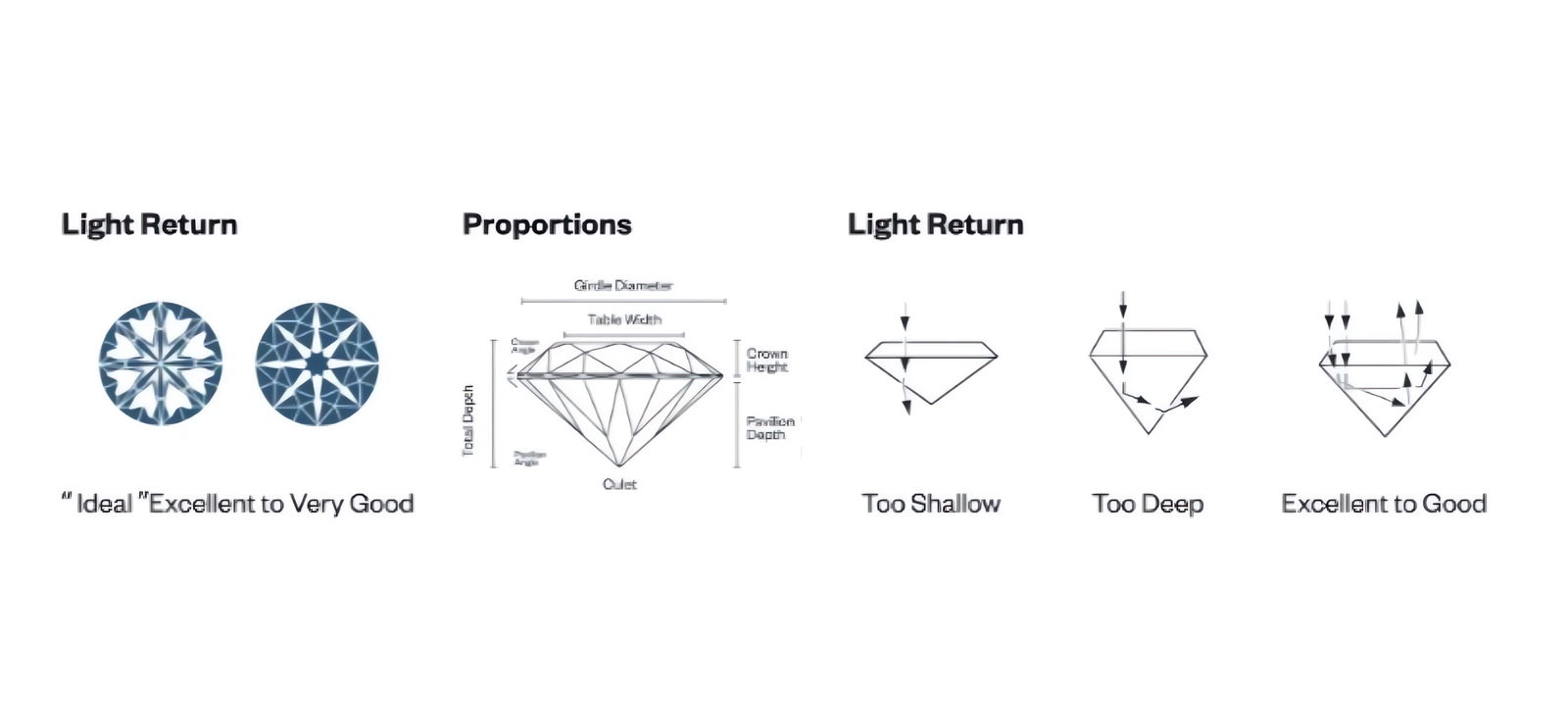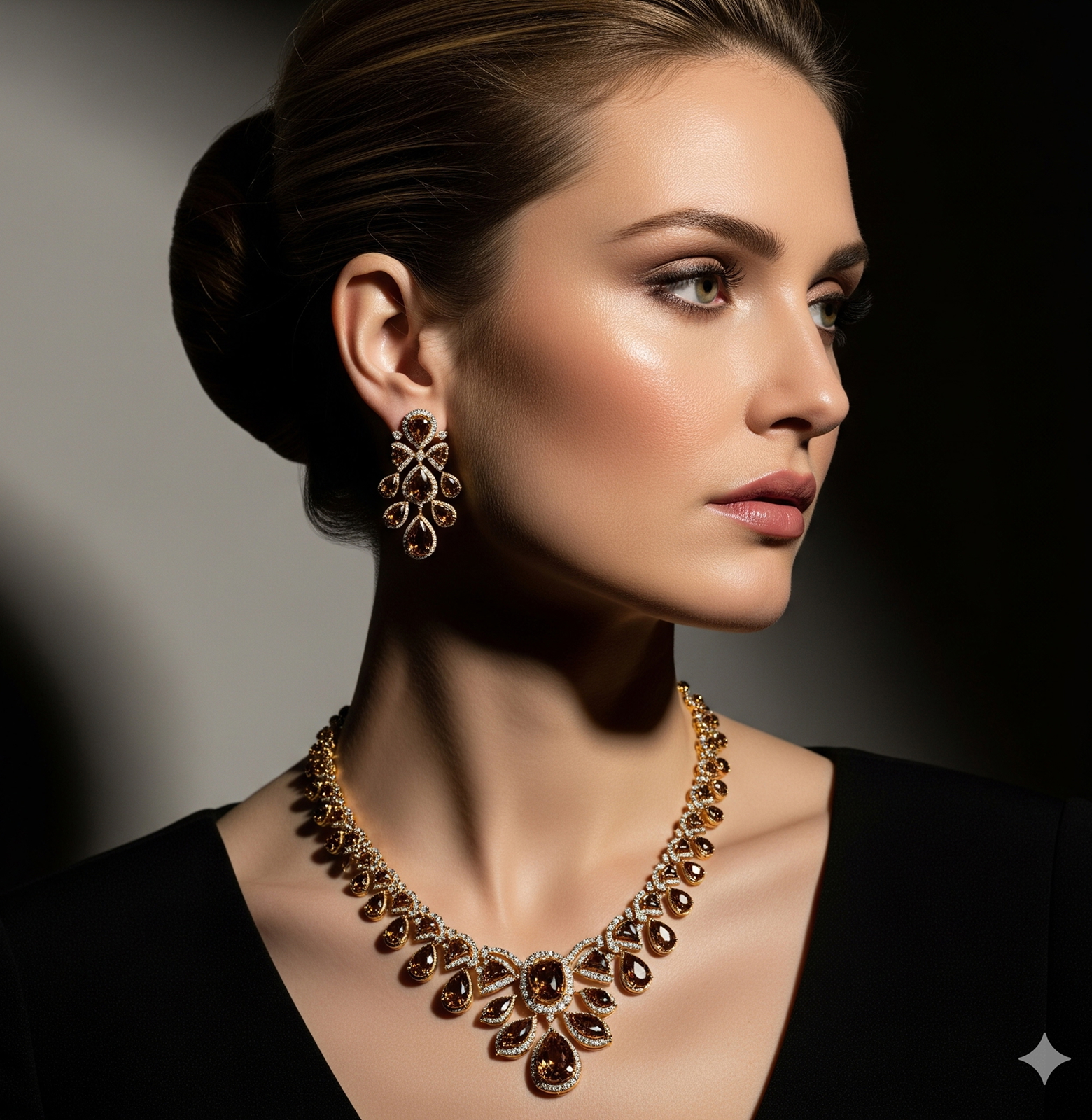Secrets Behind How Diamonds Are Cut: Techniques That Create Brilliance

Diamonds owe much of their brilliance to the art and science of cutting. While a diamond's natural beauty lies in its purity and clarity, it is human craftsmanship that unlocks its true radiance. The cut of a diamond determines how light interacts with the stone, influencing its brightness, fire, and scintillation. This intricate process transforms a rough crystal into a breathtaking masterpiece, enhancing both its appearance and value.
Steps of Diamond Cutting
-
Planning – Expert gemologists analyze the rough diamond to determine the best shape and size. Advanced imaging identifies internal flaws and the most profitable cutting strategy to maximize brilliance.
- Cleaving or Sawing – The diamond is split into sections using a laser or specialized blade. Precision is crucial to prevent damage. Traditional cleaving involves striking the diamond along its natural grain.
- Bruting – Also known as "girdling," this stage shapes the diamond. Two diamonds are rotated against each other to create a smooth, circular outline. Different methods are used for fancy shapes like princess or emerald cuts.
- Faceting – Skilled artisans cut and polish facets to reflect and refract light. A round brilliant diamond typically has 58 facets, including the table (top), crown (upper part), pavilion (lower part), and girdle (outer edge).
- Polishing and Inspection – The diamond is polished to a flawless, mirror-like finish. Inspectors ensure the cut meets the highest standards of symmetry, proportion, and sparkle.
Types of Cuts
The cut of a diamond directly affects its appearance, from the way it sparkles to the shape it presents. Each cut style has unique characteristics and appeals to different tastes and settings:
- Round Brilliant: The most popular diamond cut in the age of modern electric lighting, renowned for its exceptional light return and timeless appeal. Its 58 facets maximize brilliance and sparkle.
- Princess Cut: A modern, square-shaped cut known for its sharp angles and impressive fire. Ideal for those seeking a contemporary look.
- Emerald Cut: Characterized by its rectangular shape and step-cut facets, this cut emphasizes clarity over brilliance, creating a refined and elegant appearance.
- Cushion Cut: With rounded corners and larger facets, the cushion cut exudes vintage charm while offering a soft, romantic glow.
- Oval, Marquise, and Pear: These elongated shapes enhance the diamond's perceived size and offer distinctive, elegant silhouettes.
The Role of Precision and Skill
Cutting a diamond is as much an art as it is a science. Precision is vital – even the smallest deviation can impact how light travels through the diamond. Expert craftsmanship ensures the facets are perfectly aligned to reflect maximum light. The right proportions prevent light leakage, preserving the diamond's brilliance and fire.
When light enters a diamond, three key phenomena occur:
- Brilliance: This refers to the total light reflected from the diamond's surface and interior. A well-cut diamond returns the most light to the observer's eye.
- Fire: This is the dispersion of light into spectral colors, creating flashes of rainbow hues as the diamond moves.
- Scintillation: This describes the sparkle effect seen when the diamond or the light source is in motion. It results from the contrast between light and dark areas within the diamond.

The proportions of a diamond
The proportions of a diamond significantly impact how it interacts with light. An ideally cut diamond with excellent proportions reflects most of the light back to the observer, maximizing brilliance and fire. If the cut is too shallow, light escapes through the bottom, resulting in reduced sparkle. Conversely, a cut that is too deep causes light to leak from the sides, diminishing its brilliance. The best cuts achieve a perfect balance, ensuring superior light return and an exceptional display of beauty.

Why Diamond Cutting Matters
A diamond's cut is the most critical factor influencing its beauty. Even a flawless diamond with excellent color and clarity can appear dull if improperly cut. On the other hand, a perfectly cut diamond can make even a slightly included or tinted stone appear more dazzling.
Every step in the cutting process is a testament to human ingenuity and dedication. The mastery involved in transforming a rough diamond into a polished gem reveals the stone's inner fire and brilliance, ensuring its allure will last a lifetime.
In the world of fine jewelry, the secrets behind diamond cutting continue to captivate and inspire, turning nature's hardest substance into a symbol of eternal beauty and light.

